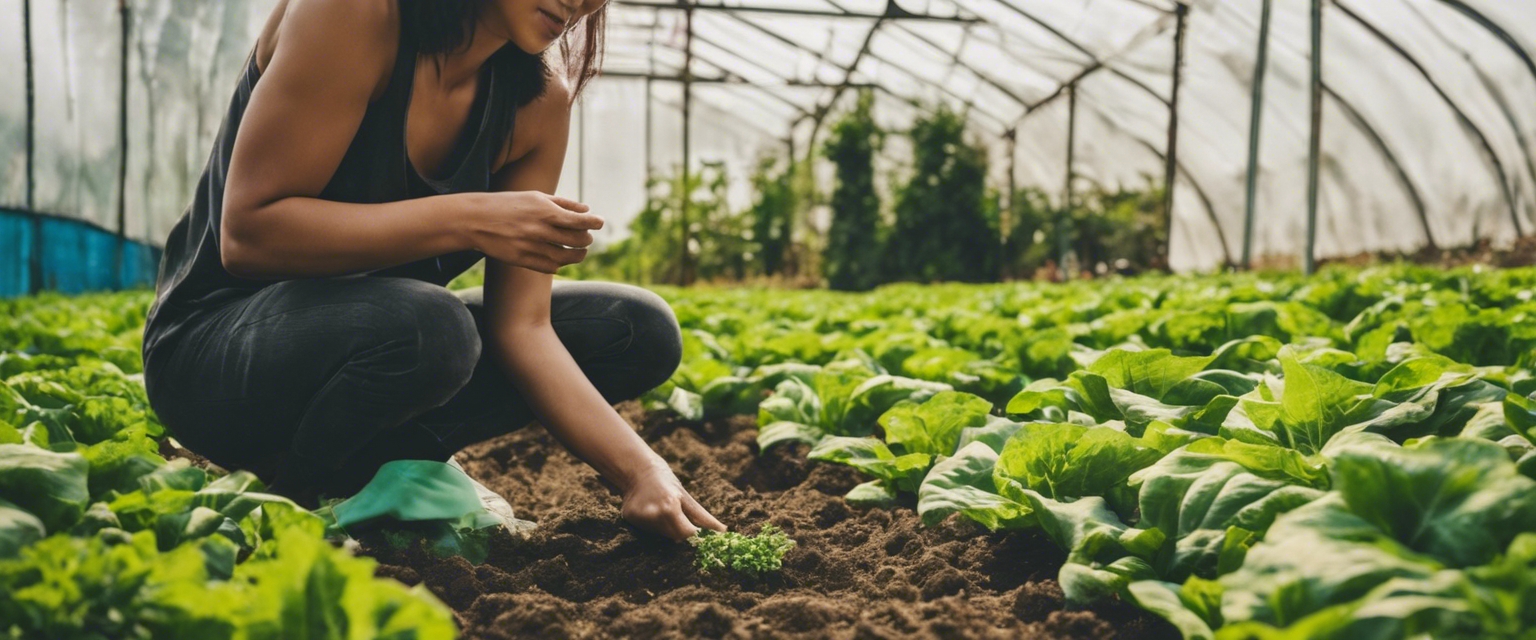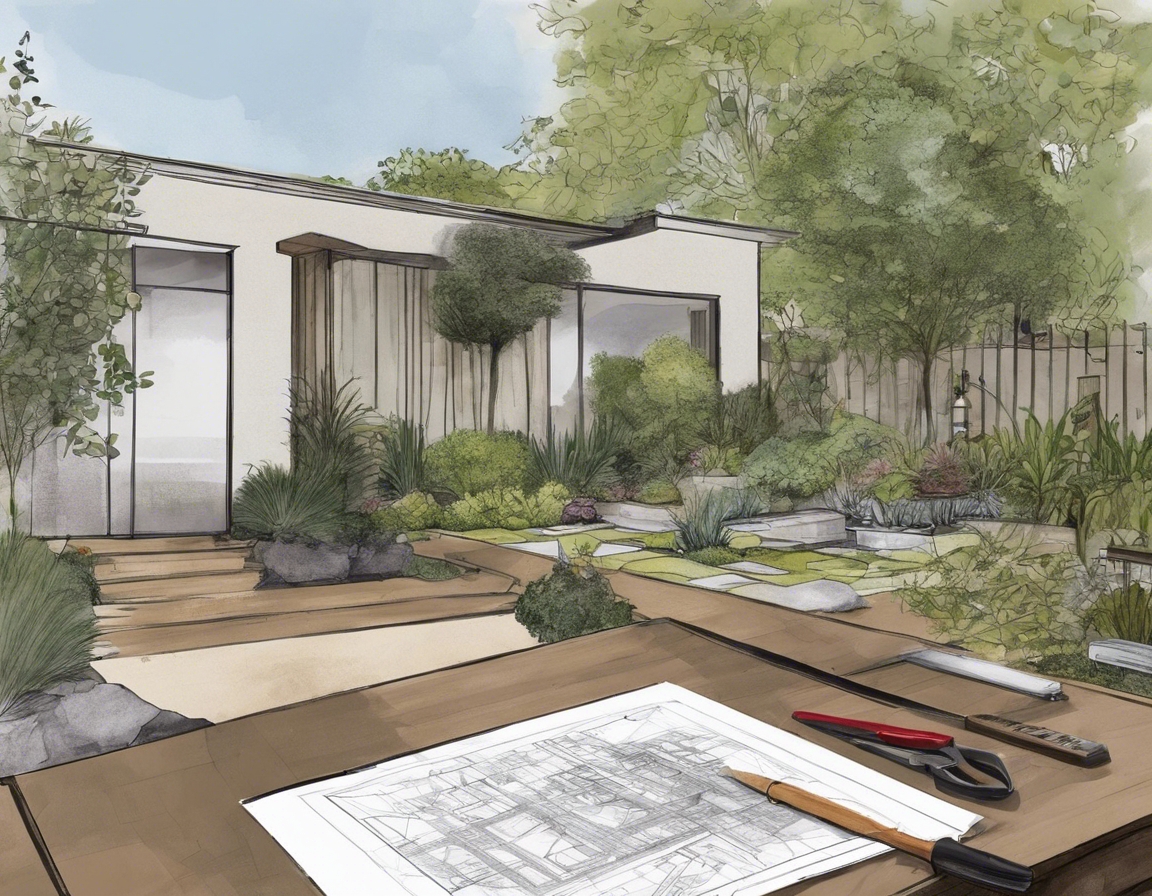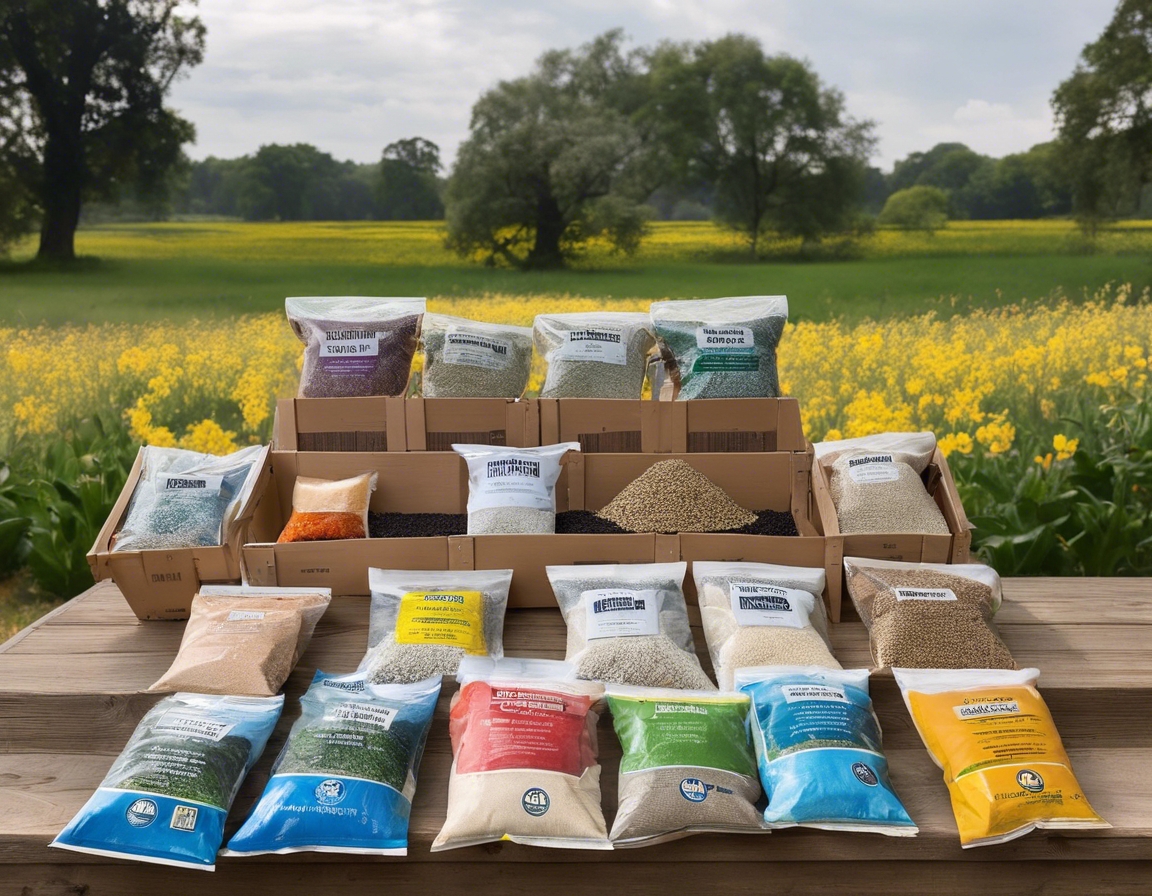The ultimate guide to eco-friendly landscaping
Eco-friendly landscaping, also known as sustainable or green landscaping, is a method of designing, creating, and maintaining your garden or outdoor space in a way that reduces harm to the environment and conserves resources. This approach to landscaping is crucial as it supports biodiversity, helps combat climate change, and promotes a healthier living environment.
Adopting eco-friendly landscaping practices offers numerous benefits, including reduced water usage, lower maintenance costs, increased property value, and the creation of a natural habitat for wildlife. For the environment, it means less pollution, conservation of natural resources, and a reduction in the urban heat island effect.
Planning Your Eco-Friendly Landscape
Before diving into landscaping, it's essential to assess your space. Consider factors such as climate, soil type, sunlight, and existing vegetation. This will help you make informed decisions about plant selection and design elements that are in harmony with your local ecosystem.
Designing with sustainability in mind involves using principles such as xeriscaping, creating wildlife corridors, and incorporating edible plants. These principles not only enhance the beauty of your landscape but also ensure it thrives with minimal environmental impact.
Choosing the Right Plants
Native plants are those that occur naturally in your region. They are adapted to local conditions and require less water and care than non-native species. Using native plants in your landscaping supports local wildlife and reduces the need for chemical fertilizers and pesticides.
A diverse selection of plants encourages a healthy and balanced ecosystem. This includes a mix of trees, shrubs, perennials, and grasses that provide food and shelter for birds, insects, and other wildlife.
Soil and Water Conservation Techniques
Composting is an excellent way to recycle organic waste into nutrient-rich soil. Using natural fertilizers, such as compost, promotes healthy plant growth without the harmful effects of synthetic fertilizers.
Efficient irrigation is key to conserving water in your landscape. Techniques such as drip irrigation, rainwater harvesting, and proper mulching can significantly reduce water usage and help maintain a lush garden.
Implementing Eco-Friendly Hardscapes
When it comes to hardscaping, choosing materials that are locally sourced, recycled, or sustainably harvested can minimize your environmental footprint. Designing hardscapes to work with the natural landscape reduces the need for extensive maintenance and artificial support systems.
Permeable paving allows water to infiltrate the ground, reducing runoff and promoting natural water cycles. This can be an essential component of sustainable landscape design, helping to manage stormwater and reduce erosion.
Maintenance and Upkeep
Managing pests organically involves using natural predators, barriers, and plant choices to reduce pest populations. This approach is safer for the environment and for people enjoying the outdoor space.
Seasonal care is vital for the longevity of your eco-friendly landscape. This includes practices such as pruning, mulching, and rotating crops in edible gardens. Long-term sustainability also involves continuously adapting and improving your landscape practices to ensure they remain environmentally friendly.






Comments (0)